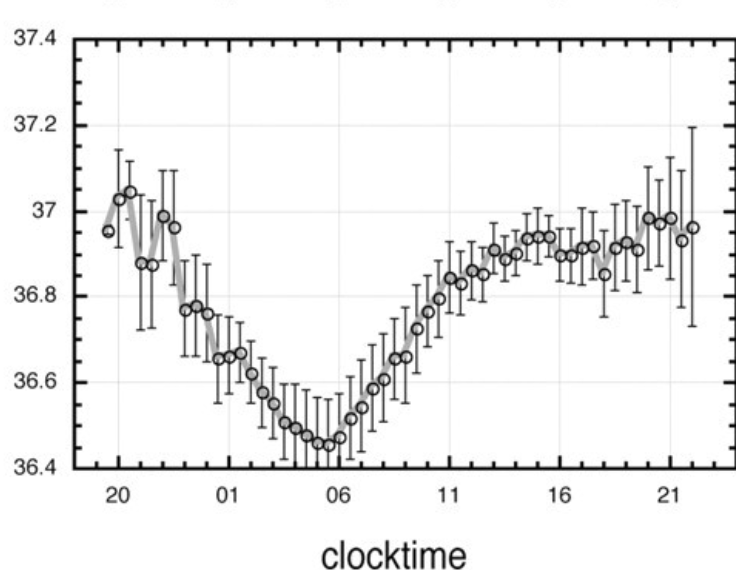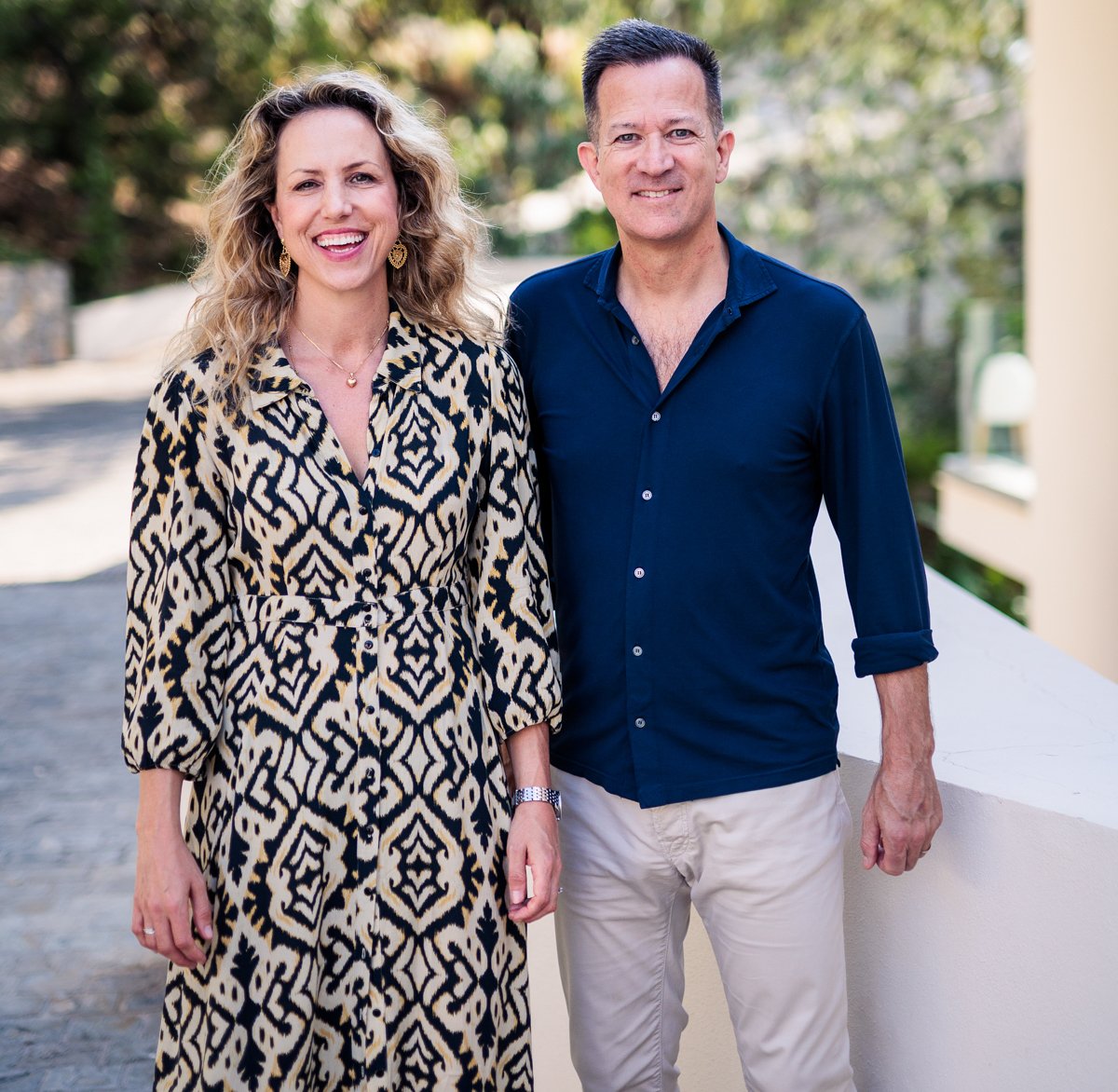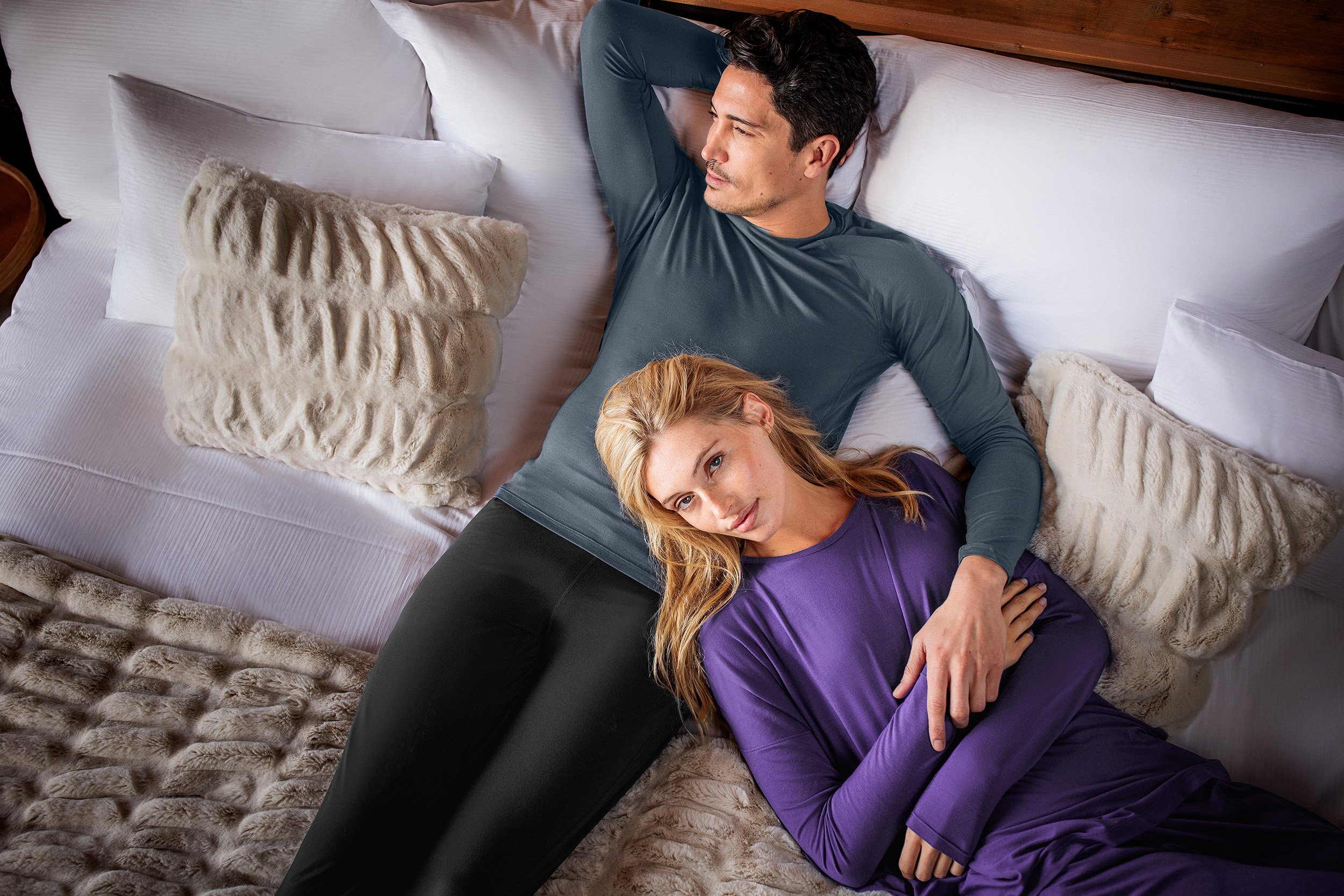#137 - Sleep Comfort is Cool
“What’s the ideal bedroom temperature for sleep?”
* Groan *
This was often a question I’d get asked at interviews. Journalists would pick me not just because I know a little here and there about sleep - but because my PhD explored sleep, insomnia and thermoregulation.
And these PhD studies were done in a sleep lab. Bedrooms that needed to be temperature-controlled to study the changes in people’s temperature before they fell asleep.
Despite being constantly temperature controlled, the air temperature in the sleep lab bedrooms would cycle around 19 degrees Celsius.
Even so - it was clear that people in my PhD studies were built differently.
Some were fine.
Some felt cold.
Some felt too warm.
My answer?
“Cool enough so the person feels comfortable to fall asleep.”
I know it can be boring. The word “thermoregulation and sleep” isn’t a conversation starter like “YouTube and sleep”.
Yet, you … yep you … I’m trying to regain your attention … you go through temperature changes preparing you for sleep, hours before you go to bed.
And at the end of the day, it’s not just the air temperature in your bedroom that’s important for sleep - it’s the air temperature under the bed covers.
That air - under the covers - is closer to you than the air in your bedroom.
If it’s too warm under the covers, you’re likely to notice it - and be too uncomfortable to fall asleep.
And like I mentioned earlier …
“People are built differently”
Some people are ‘hot sleepers’. The type that don’t wear socks (even outside against a mountain backdrop during their morning stretches …)
They also don’t wear tops. Don’t wear bottoms. Don’t wear anything. Their bedpartners think they are human radiators.
And while people are built differently, our temperature during sleep changes while we sleep.
Many people have heard that our body temperature cools overnight. It hits a big dip around 4 to 6 AM (depending on whether you’re an Early or Late Chronotype).
Indeed, one of my PhD studies confirmed this …
What most people don’t know is that our skin temperature goes through a rollercoaster ride during sleep. Just like the rollercoaster ride of our light-deep-REM sleep cycles, some parts of our skin show roughly 90-minute cycles of temperature changes.
Assuming you don’t have a medical condition that affects you’re ability to regulate temperatures (eg Diabetes), then our bodies are amazing machines, working for us overnight to keep us in the right temperature zone for sleep.
But …
How do you try to control the air temperature under the covers?
Well, if you are one of those hot sleepers, you’ve already experimented your whole life by strategically stripping off during the night.
And if you’re not one of those hot sleepers, then you have likely had a taste of what it can be like to be a ‘hot sleeper’ to have one of those nights when you feel uncomfortably warm.
Especially in the last couple of years!
When it comes to thermoregulation and how you can control your environment, the Japanese thermoregulation researchers have been on the frontline.
They’ve been exploring the ‘right’ temperature in your bedroom.
And they’ve been exploring the ‘right’ bedcovers - even the right clothes for sleeping.
But when it comes to the question of who are the leading thermoregulation researchers in the world? It’s the Swiss.
DagsmEjAn
As I get older I appreciate things that touch my skin. My wife ranks 1st, and I ain’t just saying that. Seriously, her touch is amazing. But let’s head this blog into PG-rated territory.
What ranks 2nd are comfy clothes.
Christmas is approaching. Socks and jocks are the usual go to’s. And I gotta say comfy socks rule these days.
But comfy PJs do as well.
A couple of years ago I started searching for a company that made really good PJs - to partner with them.
Somehow I found a start-up company on the web. A Swiss company with a Swedish name - Dagsmejan. A company co-founded by a Swiss husband and a Swedish wife.
I entered our first conversation with the offering that I could help them with their scientific credibility. Because that’s what a lot of start-ups miss. They have a nice idea about sleep, and go ahead and build it. But get to a point when they realise they need to stand out from their competitors. And being more scientific is a good way to do that.
But I was too late
I learned that Dagsmejan did the opposite of what other sleep companies do.
They consulted scientists first. And then they designed and built their product - the most comfortable pyjamas you’ll ever wear is their tagline.
And being Swiss, Dagsmejan had already consulted with the leading thermoregulation researchers in the world - from Basel in Switzerland.
But I got a consolation prize. They sent me some PJs.
I’ve been continually trying to improve my Sleep Comfort. Searching for those extra percentage points to make myself more comfortable.
And their PJs added some extra percentage points.
Strangely, I’ve found myself on some nights sleeping though the night, which shouldn’t happen at my age. And I know the warmer we are, the more we wake during the night.
With the help of sleep science, thermoregulation science - and even textile science, Dagsmejan worked out a way to help people sleep better through the night via assisting their thermoregulation. Their temperature regulating pyjamas are designed to help you regardless if you are a hot sleeper, a cold sleeper, or hot and cold at night.
And - they’re the most comfy PJs I’ve ever worn.
So I not only thank Dagsmejan for my PJs, but by also that they’re passing on a discount for you gals and guys.
Use the code WINK20 at their checkout to receive 20% off their entire range at their online Dagmejan store.
And to help you with the math, get your calculator out - multiply an item in their store that you like by 0.80 and that’s how much you pay.
And then divide that price you pay by 365 (the number of nights in a year).
If you want some more Sleep Maths - know that if you wake a lot during the night, you may be heading towards the Insomnia Threshold.
And that insomnia has a real cost of around 10-11%. So for example, if your salary is $100,000 per year - then if you have insomnia, you’re giving your employer only $90,000 per year worth of work.
And then imagine how much value you’re giving yourself each year when you’re not working.
Invest in sleep. The ROI (Return on Investment) will keep you in the black.
Prof MG










